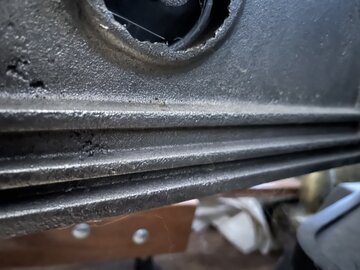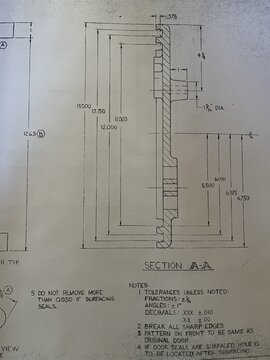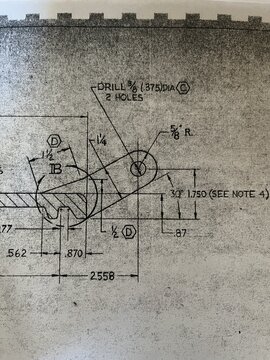Okay everyone, so what I did is put ceramic blanket inside the groove and different heights of what I thought would work. I’m not sure what kind of ceramic blanket is right but I had a lot left over from my maple syrup arch. I got it from smoky lake maple. I used such a small amount and cut it to fit the width of the groove (again see picture).
It was originally too thick but the blanket seem to have layers on it so I could flake it off. I figured this would help because it would touch my hot firebox and not turn black or burn at all. In the Fisher stove it doesn’t even come close to a flame, so my next worry was “will it hold”. Well 24 hours in and 2 burns later. Absolutely no discoloration and even though it doesn’t look like it , I have about 6 pieces packed together in the seam and it doesn’t move at all, fall out or seem to be wearing out in any way.
Stove performance is EXACTLY what I was looking for prior to installing this. I have my air control open over a quarter turn and it burns very good so far. Held my coals well into the morning (previously it would be nothing due to too much air, I would have to start a new fire with kindling)..
I can always update in the future if someone wants to reply to this thread and let you know long term performance of this ceramic blanket.
Maybe this can help someone who wants a little more “airtight” door.
Thanks Coaly and everyone for your help. Got me to realize the problem and brainstorm for some good ideas,
View attachment 327035




